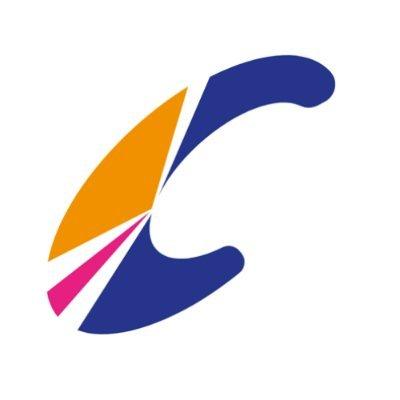COVALEX kicked off its series of events with a webinar focused on wildfires, floods, and the concept of vulnerability which is a central point in the disaster risk management (DRM) cycle.
The speakers at the webinar were Priv.-Doz. Dr. Sven Fuchs and Dr. Maria Papathoma-Köhle, senior researchers at the University of Natural Resources and Life Sciences Vienna, who shared their knowledge about risk reduction and vulnerability in the context of wildfires and floods through a dynamic and enjoyable presentation adapted to the general public.
In this webinar, various methods of assessing physical vulnerability were discussed, such as those adopted by natural and social scientists, and their contributions to disaster risk reduction. The focus of the discussion was on floods and forest fires in Europe over the past decade.
The speakers highlighted the different perspectives on vulnerability in science and emphasized the importance of considering vulnerabilities throughout the disaster risk management cycle. They also presented case studies illustrating the use of vulnerability curves, which relate the intensity of a hazard to the potential degree of loss. However, vulnerability curves require empirical data and may not be suitable in all cases. This is where vulnerability indicators come in, which represent characteristics of a system and provide information about susceptibility, coping capacity, and resilience to hazards. The use of vulnerability indicators was exemplified through a case study on the forest fires in Mati, Greece in 2018.
A few conclusions at the end of the webinar included:
- More cooperation is necessary. The greater the amount of useful information available to the models, the greater their precision and prediction capacity.
- There are problems with the transfer of methodologies and scale. More time and resources are needed to delve deeper into these issues.
- From a governmental point of view, if the guidelines for action are modified, based on prevention rather than problem resolution, much better results could be achieved.
The first COVALEX webinar brought together key actors involved in risk and disaster governance. Including the members of the COVALEX community, more than 30 professionals such as firefighters, members of local authorities, and researchers were interested in the project and attended the webinar, also taking part in a Q&A session at the end of the event.
The webinar was organised by DCNA (Disaster Competence Network Austria) and moderated by Jasmina Schmidt who is a research associate at DCNA. The next events in October 2023 will be organised by the General Secretariat for Civil Protection of Greece (GSCP). A webinar will focus on the role of volunteers in civil protection, the role and protocols of each partner country as well as communication and management of volunteers. Besides that, a workshop will analyse case studies and propose advances in the management of role and protocol management.
Funded by the European Union. Views and opinions expressed are however those of the author(s) only and do not necessarily reflect those of the European Union or DG ECHO. Neither the European Union nor the granting authority can be held responsible for them.

